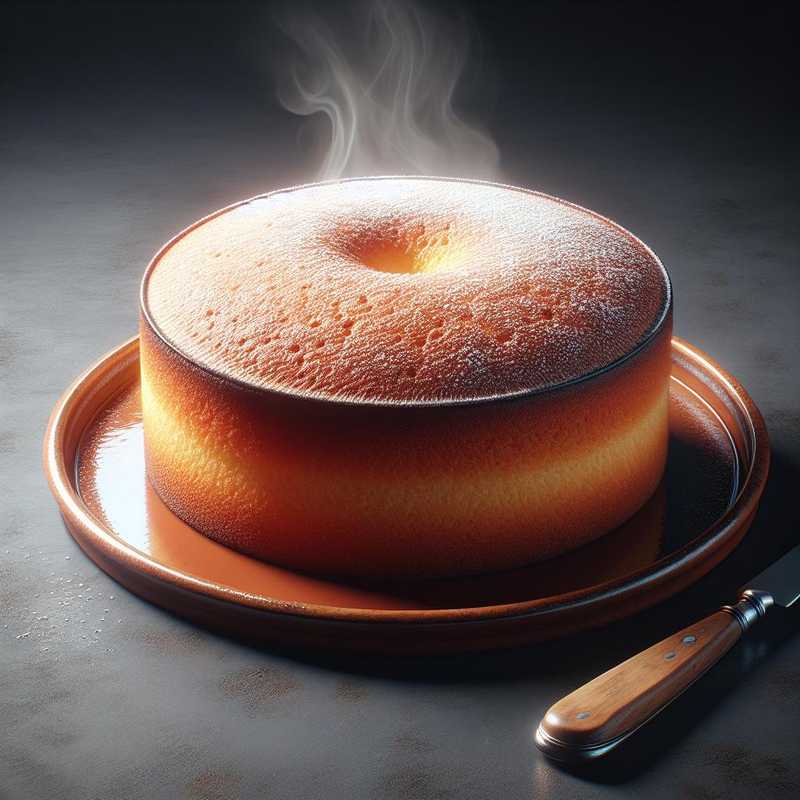Classic Sponge Cake
17/11/2023The recipe for Classic Sponge Cake is a cornerstone of Italian pastry and represents a versatile base for many desserts. Here is how to prepare it:
Ingredients
- 120 g of all-purpose flour
- 120 g of granulated sugar
- 4 whole eggs at room temperature
- A pinch of salt
- Grated zest of 1/2 lemon (optional)
Preparation
- Preheat the oven to 180°C (160°C if fan-assisted).
- Separate the yolks from the whites. Place the yolks in a bowl and the whites in another large bowl, ensuring it is perfectly clean and dry.
- Start whipping the whites with a pinch of salt and when they begin to foam, add half of the granulated sugar. Continue to whip until you obtain a firm and shiny meringue.
- In the bowl with the yolks, add the remaining sugar (and lemon zest if you decide to use it) and work them until they become light and fluffy.
- Gently fold the whipped yolks into the meringue using a spatula with movements from top to bottom so as not to deflate the mixture.
- Sift the flour a little at a time over the egg and sugar mixture, incorporating it always very gently to maintain aeration.
- Pour the mixture into a Sponge Cake pan (if possible not buttered and not floured, to allow the cake to “climb” better on the walls during baking), level the surface gently and bake.
- Bake for about 30-40 minutes, without opening the oven for the first 20 minutes to prevent the Sponge Cake from deflating. The cake is ready when it is golden and, to the touch, the surface is springy and the toothpick test comes out clean.
- Remove from the oven and let cool completely before demoulding. For best results, you may invert the mold resting it on wire racks until completely cooled.
Remember that Sponge Cake is a neutral base and can be filled or flavored differently according to your preferences.
Curiosity
The name “Pan di Spagna” seems to derive from the tradition that it was invented by a Genoese cook at the Spanish court in the 16th century. However, some sources claim that its origin is to be attributed to the outburst of an Italian confectioner who, seeing the dessert planned for a banquet at the Spanish court ruined, decided to serve simply the “sponge” that he usually used as a base for cakes and stuffed desserts.
